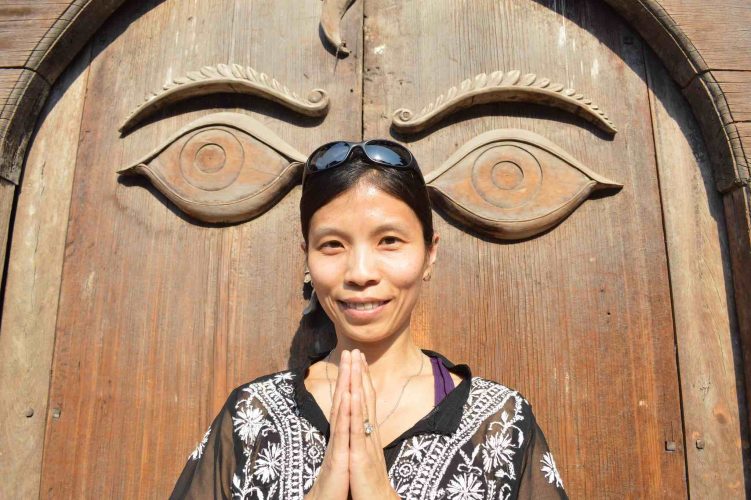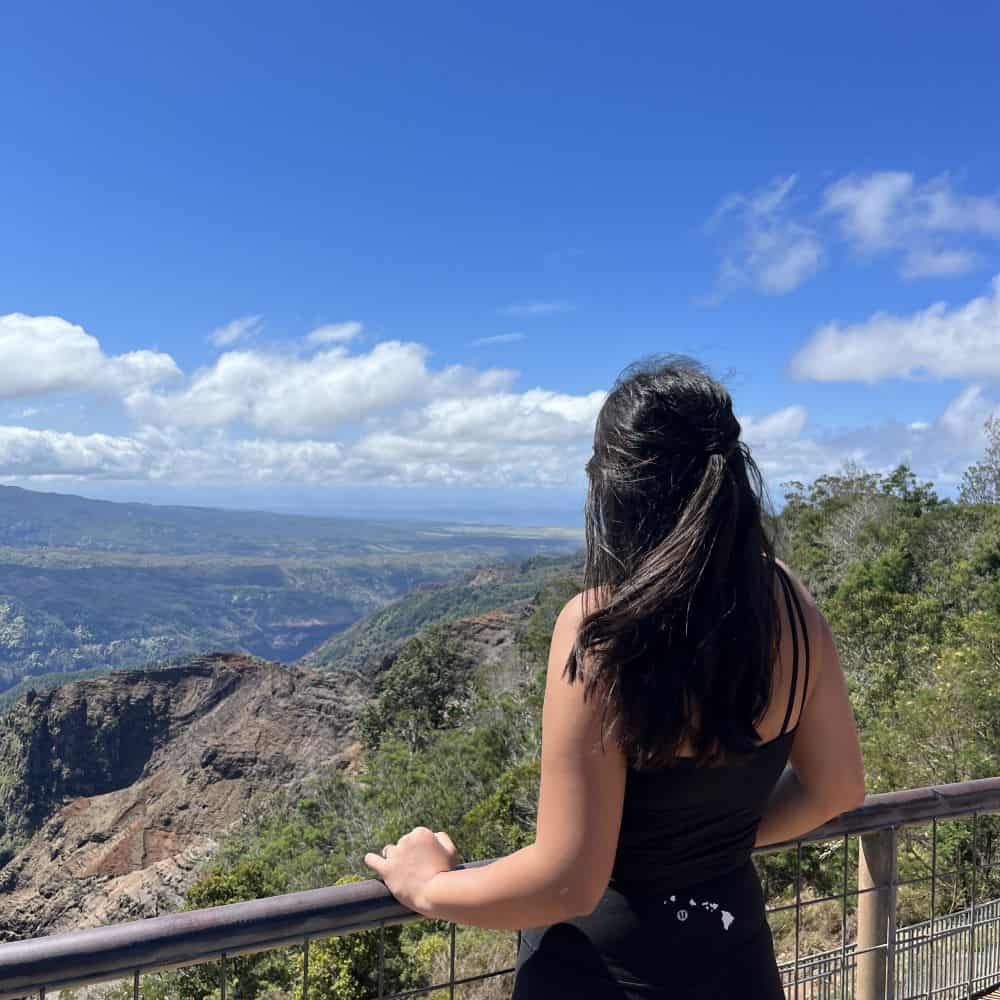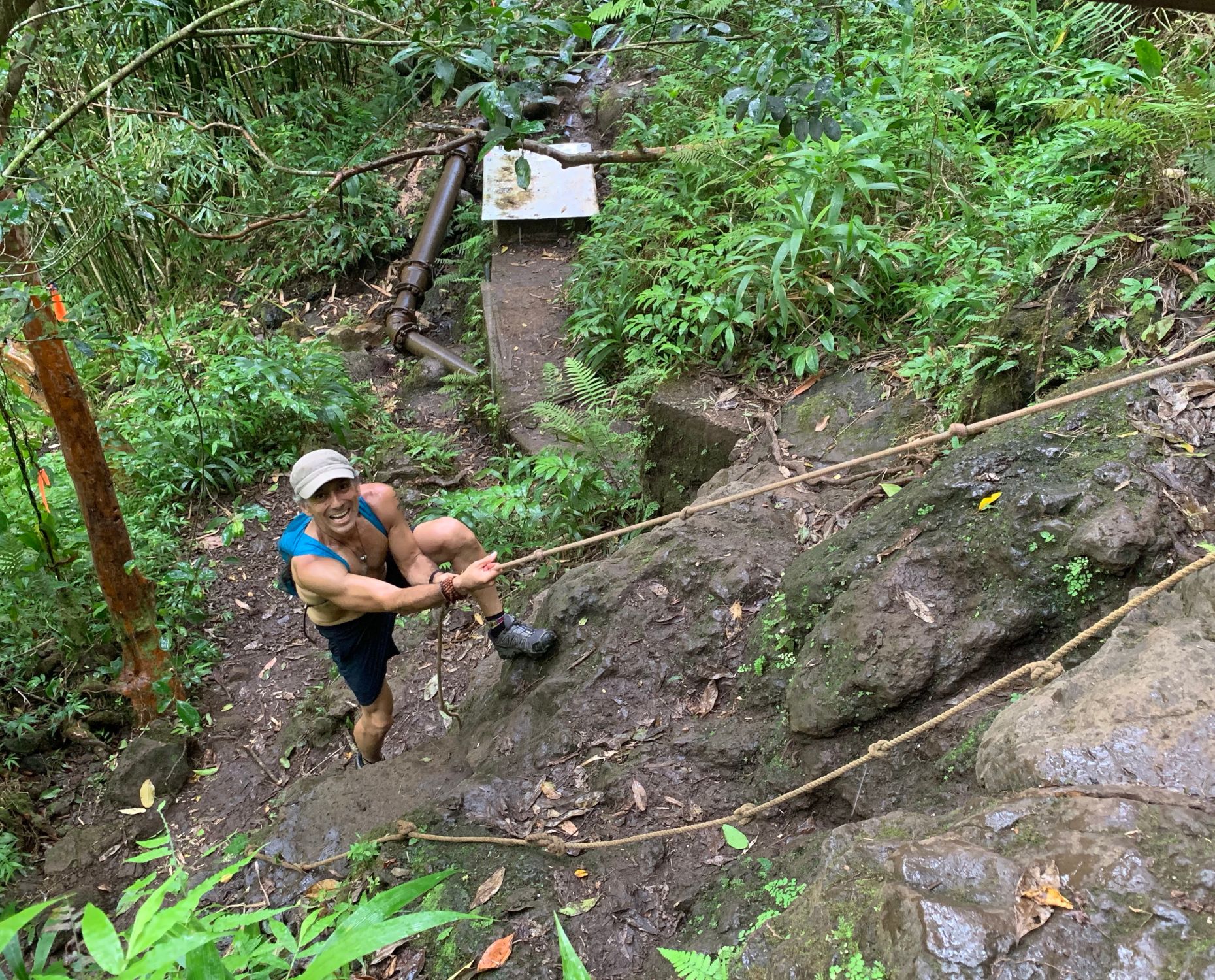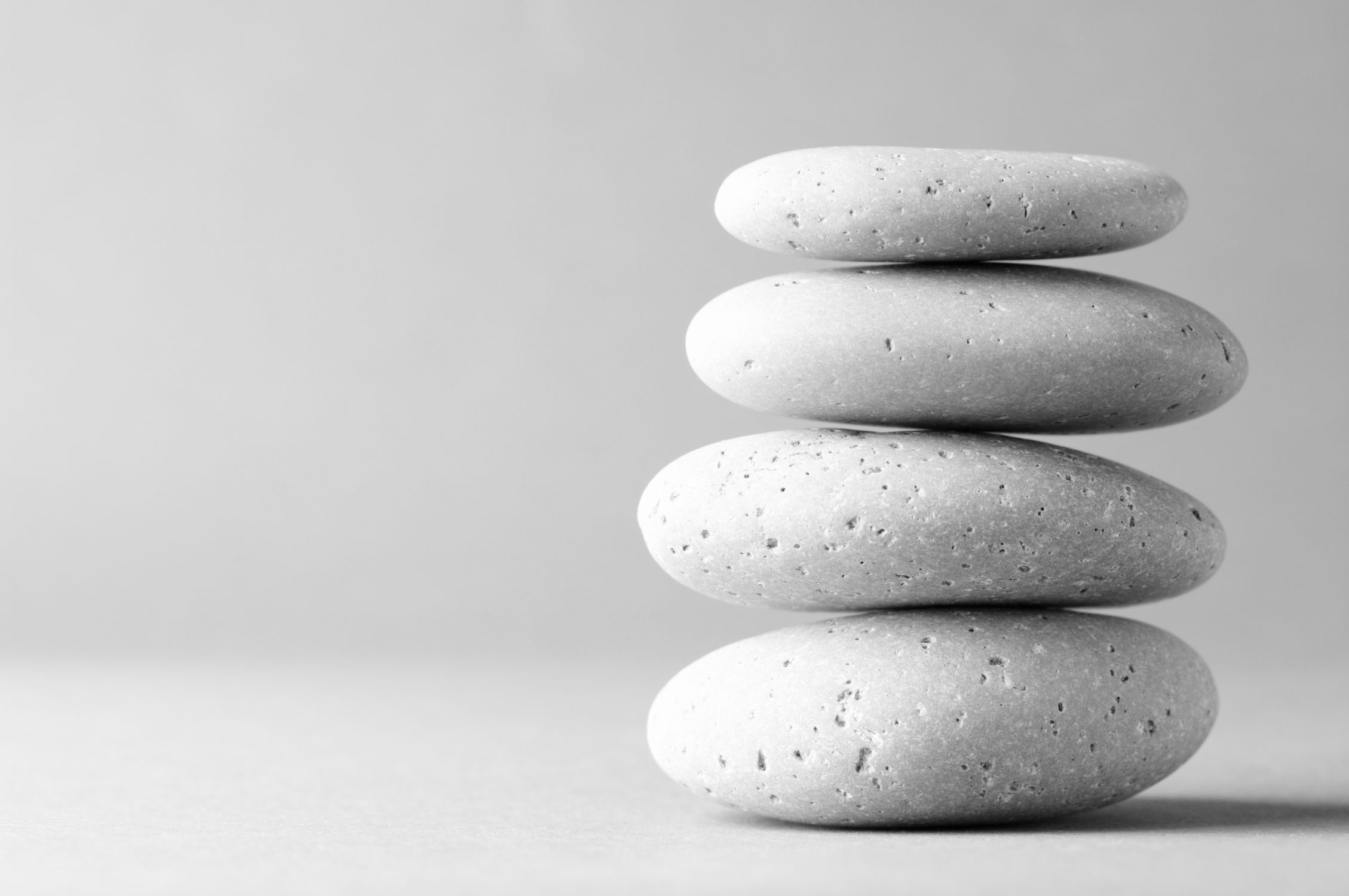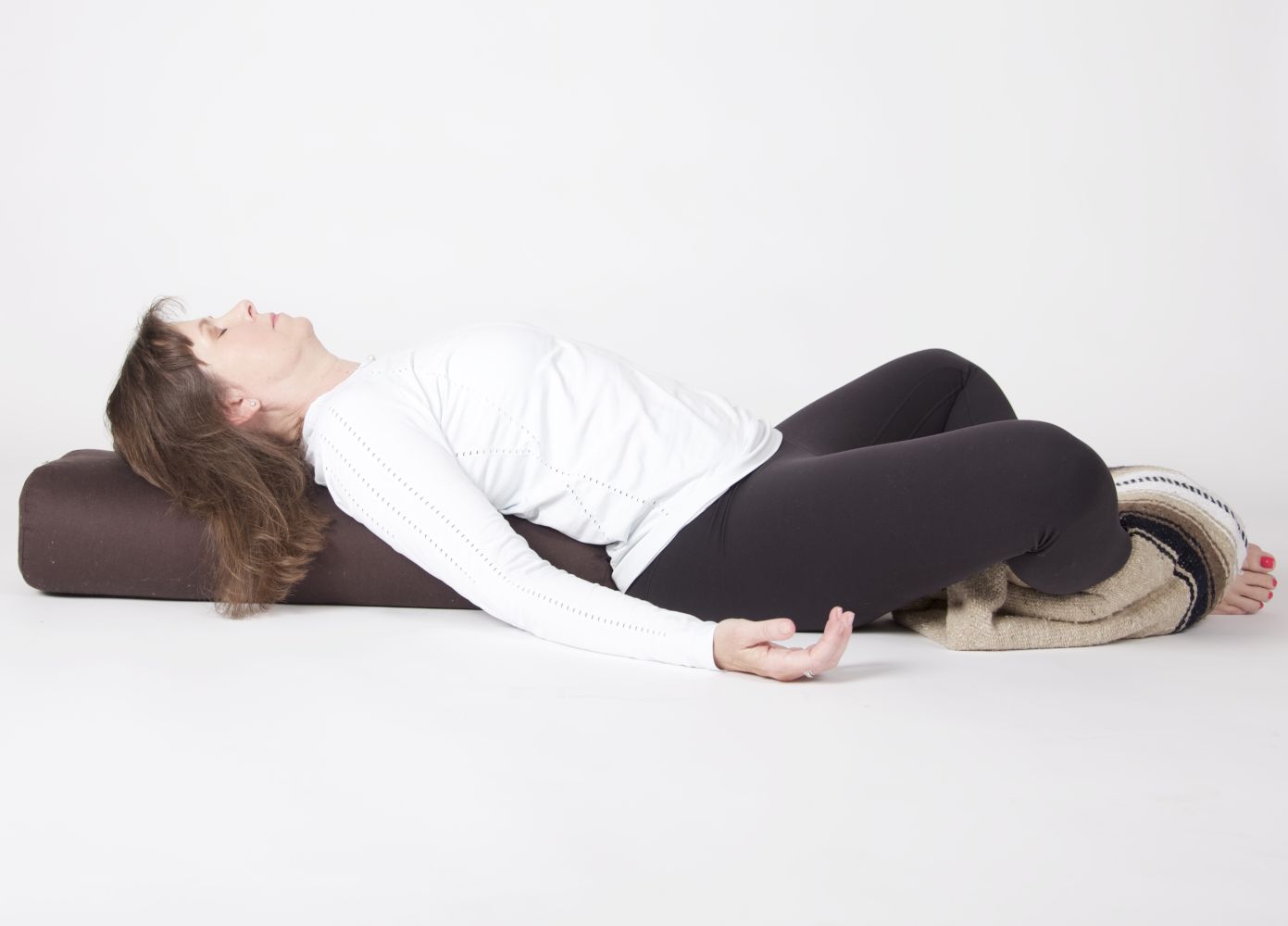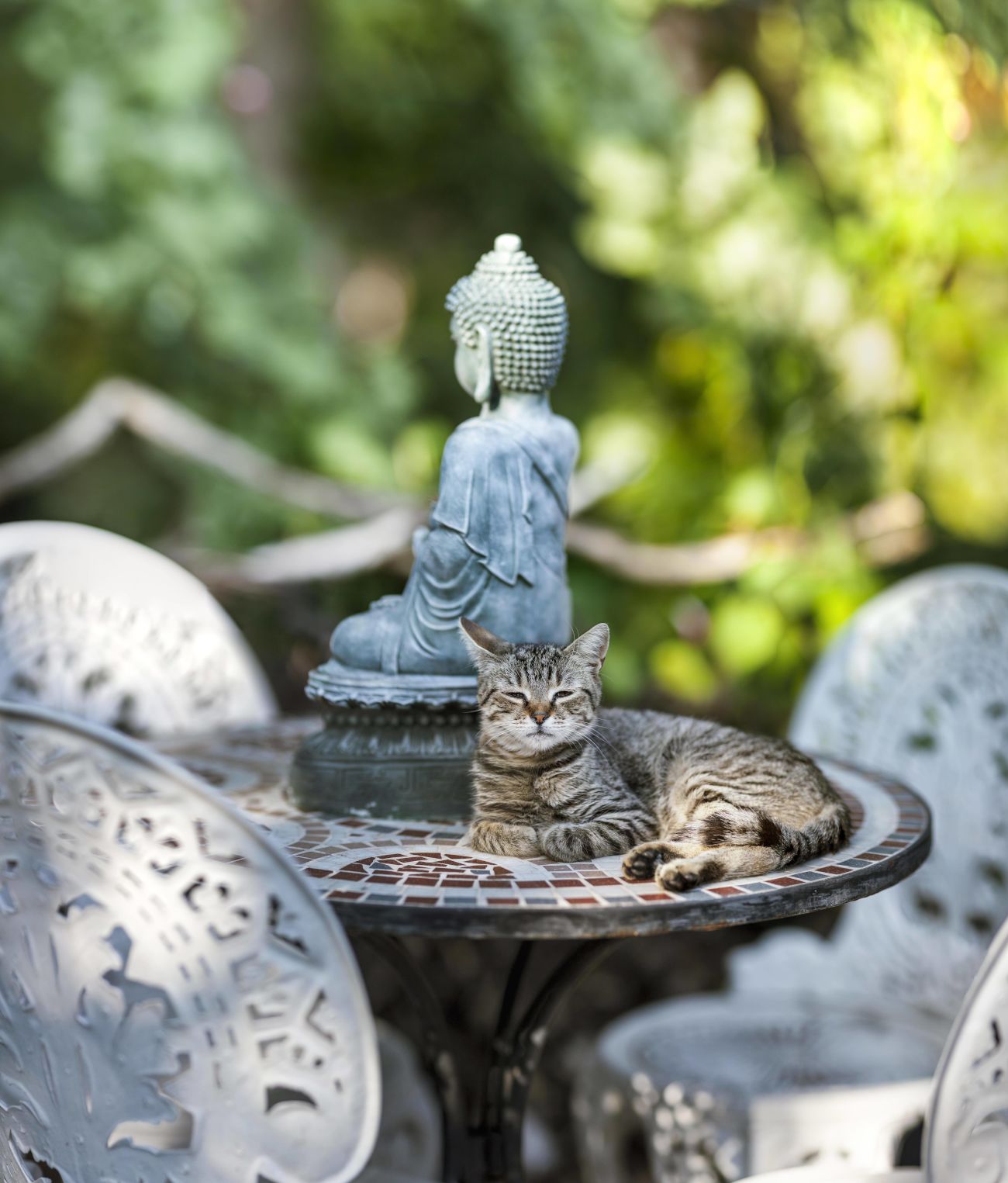We all have different reasons for practicing yoga, different paths that led us to find the practice. Many start for physical (even superficial) benefits, only to realize the profound, spiritual insights that are also accessible through asana and meditation. Meanwhile, others have to hit their knees before they become open to these rewards. As Rumi described, “The wound is the place where the light enters you.” In this column, teachers and students alike will contribute deeply-personal accounts of their own yoga journeys, how they found the practice, and why they stay committed to it. Thank you for holding the space and allowing them to share their truths.
About 20 years ago, when yoga was becoming mainstream, I took my very first class of vinyasa yoga in a fitness gym. I recall that I liked it, but, as I was into rock-climbing then, I’d rather have spent my spare time climbing. When my climbing gym started to offer yoga classes, I began to take yoga about once a week, or every other week. That was in 2004. That was also the year after I gave birth to my first child. Something about childbirth must have changed my hormones, as that was also when I started to have asthma again.
So, here is my story. When I was a baby, long before I could even remember what happened, according to my aunt, and my late paternal grandma (both believe in Chinese medicine), my mom took me to her parents’ house for dinner one night. I had just recovered from chicken pox, and my maternal grandma gave me “cold” soup – not temperature cold but the Chinese concept of a “cold” type of food – from which I contracted a respiratory disease. Since then, I grew up with symptoms that I thought were normal for everyone; i.e., I was out of breath and wheezed often. During winter seasons, once every few weeks, I would endlessly cough, so much so that my teacher had to pull me out from class and ask my aunt to pick me up from school. I remember countless doctor visits, the steroid pills I regularly took, and the many different types of weird Chinese medicine soups that people told my grandma about.
When I was seven, my dad decided to pick up jogging. He thought it might be a good family exercise, and believed it could be a way to build my strength to fight asthma. Against my grandma’s protest that I was too weak to exercise, my dad started our family jogging routine in the morning. For a few times a week, we would jog for half an hour. As my parents trained for marathons, we would eventually run longer and longer. I grew up with a good habit of regular exercise. When I was a late teen, my asthma eventually went away.
Fast forward to 2006. After my second child was born, my asthma condition took a turn. Back then, I remember my office was on the second floor. When I went to work every morning, I had to rest on the top of the stairs, as I would be panting and wheezing. I had four prescribed inhalers: two were for daily maintenance and preventative; one was an experimental drug that my doctor had suggested I try because what I had wasn’t working (but if I took it wrong, I could die); and the fourth was albuterol, a stop-gap medicine to use when I had an asthma attack.
The wake-up call came one night when I had to take my one-year-old son to the emergency room. He had a cold, but he was wheezing, and his oxygen level dropped. At the hospital, the doctor gave him albuterol and told us that my son had asthma. For many weeks after that night, I would take my son to his pediatrician so often that she said the hospital should designate me a parking spot.
I was desperate. I knew I could not live like this – with four inhalers, and seeing my son suffer from a disease that he inherited from me. I was open to suggestions and talking to friends. One day, I was talking to a co-worker from India. He told me to look up pranayama, which, according to him, was something people in India did to cure asthma. I had been taking occasional yoga classes, when the light bulb came on! Pranayama is the third limb in the Ashtanga yoga system. All I needed to do was practice yoga more consistently and often. That was how I could save myself, and, if I were successful, some day my son would learn from me.
I started to practice about three to four times a week at the rock-climbing gym, with a few of the teachers whom I felt connected to. One of my teachers, Jill Glikbarg, always started her class by telling us to dedicate our practice to something important to us. I would always dedicate my practice to my son. After a couple years of consistent practice, I no longer needed to use albuterol during winter, and, as my prescriptions expired, I stopped renewing my meds. My son was also cured from asthma – even though he was still a toddler and not doing any yoga (or any form of exercise). Maybe he just grew out of it. Personally, I believe it was because of my dedication that led to a miracle. My prayers were being answered.
These days, I feel a little bit panicky. I am no stranger to the suffering one experiences from a respiratory disease. I can’t help but think I have won the asthma battle, but, if I contract coronavirus, would I win again? I am scared and feeling vulnerable. At the same time, I know there is nothing I can do except for following all the health guidelines, and, more importantly, keep up with my yoga practice.
If you are feeling vulnerable like myself, please know that I am with you in spirit, and I am dedicating my practice to all of us who are suffering from fear of disease and death. Let’s keep faith and believe. Namaste.

